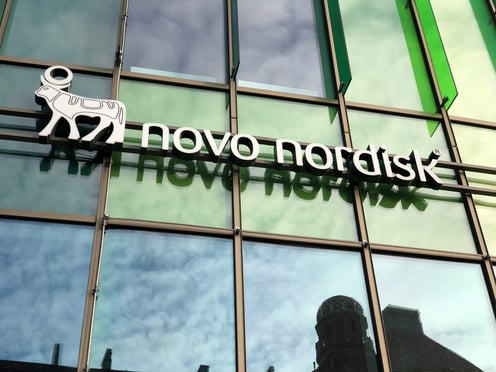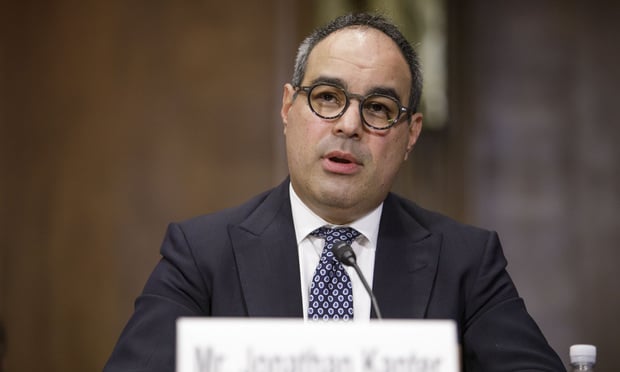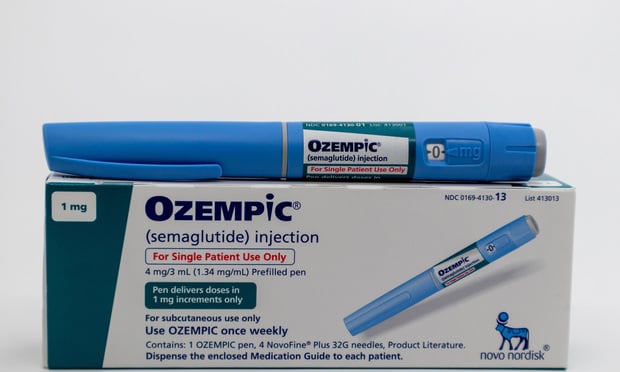These days, you can't pick up a newspaper or turn on the TVwithout hearing a new indictment of millennials.
|You know the stereotype: This newest generation of employees isselfish, narcissistic, entitled, and impatient. Iunderstand where this portrayal comes from — no one admires the guywith the selfie stick — but it's an inaccurate generalization of mygeneration.
|In fact, a growing body of data has revealed that the millennialgeneration is more altruistic, socially engaged, and health-mindedthan our predecessors, making us perfect consumers for employeewell-being programs.
|The trick is to speak the language of millennials, and as amillennial myself, I've got some advice to share.
|Here are my five rules for engaging millennial employees inemployee well-beingprograms.
|Rule 1: Be legit
The key to earning the trust of millennial employees isauthenticity. Mine is a generation that has grown up with theinternet, and thus has a very keen eye for PR spin, marketingjargon, and advertising. Millennials have grown up truly surroundedby marketing, and they're a bit immune.
|Research has shown authenticity is of utmost value tomillennials. Seventy percent of millennials will stay loyal to abrand that has earned their trust. And 75 percent view themselvesas authentic, meaning that being legit is the truest way to earnthat trust.
|When you're considering your well-being benefits, create a brandthat resonates and accurately represents your workforce. Use imagesof real people instead of photoshopped models. Offer programs thatallow people to set their own goals, rather than impose parametersand benchmarks.
|Avoid jargon and long detailed benefits explanations. Instead,be straightforward. You'll telegraph authenticity and youremployees will connect with your brand.
|Rule 2: Cut to the chase
The millennial preference for all things direct and convenientis unsurprising given our obsession with authenticity. Amarketplace devoid of middle men, where consumers are empowered tomake their own informed decisions, is a millennial touchstone. Someof the country's most impressive consumer companies have tappedinto this preference. Consider Uber, Roku, and Airbnb.
|The attributes that define the millennial marketplace — speed,convenience, transparency — are the ones that will also shape thefuture of well-being benefits.
|Forty-five percent of millennials say they're more likely toparticipate in health and wellness programsif they're easy or convenient to do. This means that we need tomake enrolling in well-being programs straightforward and easy ifwe're going to attract the next generation.
|Seek out vendors that offer Single Sign On (SSO) integrations torelieve your employees of additional accounts, usernames, andpasswords. When possible, offer programs that are flexible — thatemployees can tackle in their own time, on their own schedule.
|This flexibility means programs can easily be accommodated andadopted within an existing or preferred schedule, and yourengagement rates will climb.
|Rule 3: There's gotta be an app for that
An appropriate motto for the millennial generation is “allmobile, all the time.” It may astonish older generations to hearthat even a PC is passé to a millennial. Instead, we rely on ourphones, tablets, and even our watches for all of the information weneed.
|Wellness and benefits cannot expect to be an exception to thisrule. To remain relevant to millennials, you must allow them toenroll, participate, and access resources from their phone. This isabsolutely critical, as millennials have little tolerance foranything else.
|The good news is the industry is catching up to thesepreferences. Many well-being vendors have native apps thatemployees can download and access through their phones andsmartwatches.
|When selecting your well-being program, find a vendor that iscommitted to mobile innovation—this trend is advancing rapidly, andyou're going to want a partner that keeps up with the swift pace ofmobile invention.
|Rule 4: Sharing is caring
|
For a generation that is constantly in touch, frequentlychecking in online, and publicly voicing our opinions, sharing isan important part of millennial life — professional and otherwise.Contrary to the stereotypes, this tendency to “overshare” isn'tjust about self-involvement or grandstanding. In fact, sharingopinions, publicly voicing feedback, and reaching out to othersserve an important purpose.
|More than any other generational cohort, millennials rely on ourfriends, family, and peers for recommendations and suggestions.This is particularly true in the consumer arena — consider siteslike Yelp and Amazon — but it has important implications forwell-being benefits as well.
|If you're able to get an enthusiastic group of early adopters toenroll in your benefits program, you'll likely enjoy a successfulripple effect with millennials. That's because word-of-mouth is themost effective form of marketing for my generation. This ties backdirectly to our obsession with authenticity — we trust therecommendations and views of our friends and peers more than thepromotional efforts of a corporate department.
|When you're implementing a well-being program, devote time andresources to building a champions network that will get the wordout, share updates, and encourage others to join.
|This will attract hard-to-engage populations and keep theminvested throughout the program duration. Find a well-being vendorthat has experience creating champion networks and your programwill benefit immensely.
|Rule 5: Offer well-being, not wellness
Unlike previous generations who have used traditional milestonesto measure success — climbing the corporate ladder, gettingmarried, buying a house — millennials aspire towards balance, inlife and in work. In fact, 97 percent of millennials namedhappiness as a primary interest. It's nearly unanimous.
|This focus on balance extends to the way millennialsconceptualize health, which is much more focused on well-being thanprevious generations. Seventy-two percent of millennials say theyexercise once a week or more, and 95 percent say they care deeplyabout their health.
|For wellness benefits to be relevant to millennials they can'tmerely focus on the physical realm of health. Instead, they'll bedrawn to a range of programs that address other ways to findbalance and achieve happiness.
|For example, financial wellness is of great interest to ageneration that's shouldering record levels of debt. My generationwould also benefit greatly from emotional resiliency programs,since we are incredibly stressed.
|To engage millennials in wellness, you have to extend thedefinition to embrace holistic well-being, incorporating programsthat address the multiple factors that contribute to work-lifebalance, including mental, social, and emotional variables.Companies that adopt this millennial view of well-being will bemuch more successful in attracting, retaining, and engaging themost powerful generation in the workforce today.
Complete your profile to continue reading and get FREE access to BenefitsPRO, part of your ALM digital membership.
Your access to unlimited BenefitsPRO content isn’t changing.
Once you are an ALM digital member, you’ll receive:
- Critical BenefitsPRO information including cutting edge post-reform success strategies, access to educational webcasts and videos, resources from industry leaders, and informative Newsletters.
- Exclusive discounts on ALM, BenefitsPRO magazine and BenefitsPRO.com events
- Access to other award-winning ALM websites including ThinkAdvisor.com and Law.com
Already have an account? Sign In
© 2024 ALM Global, LLC, All Rights Reserved. Request academic re-use from www.copyright.com. All other uses, submit a request to [email protected]. For more information visit Asset & Logo Licensing.








